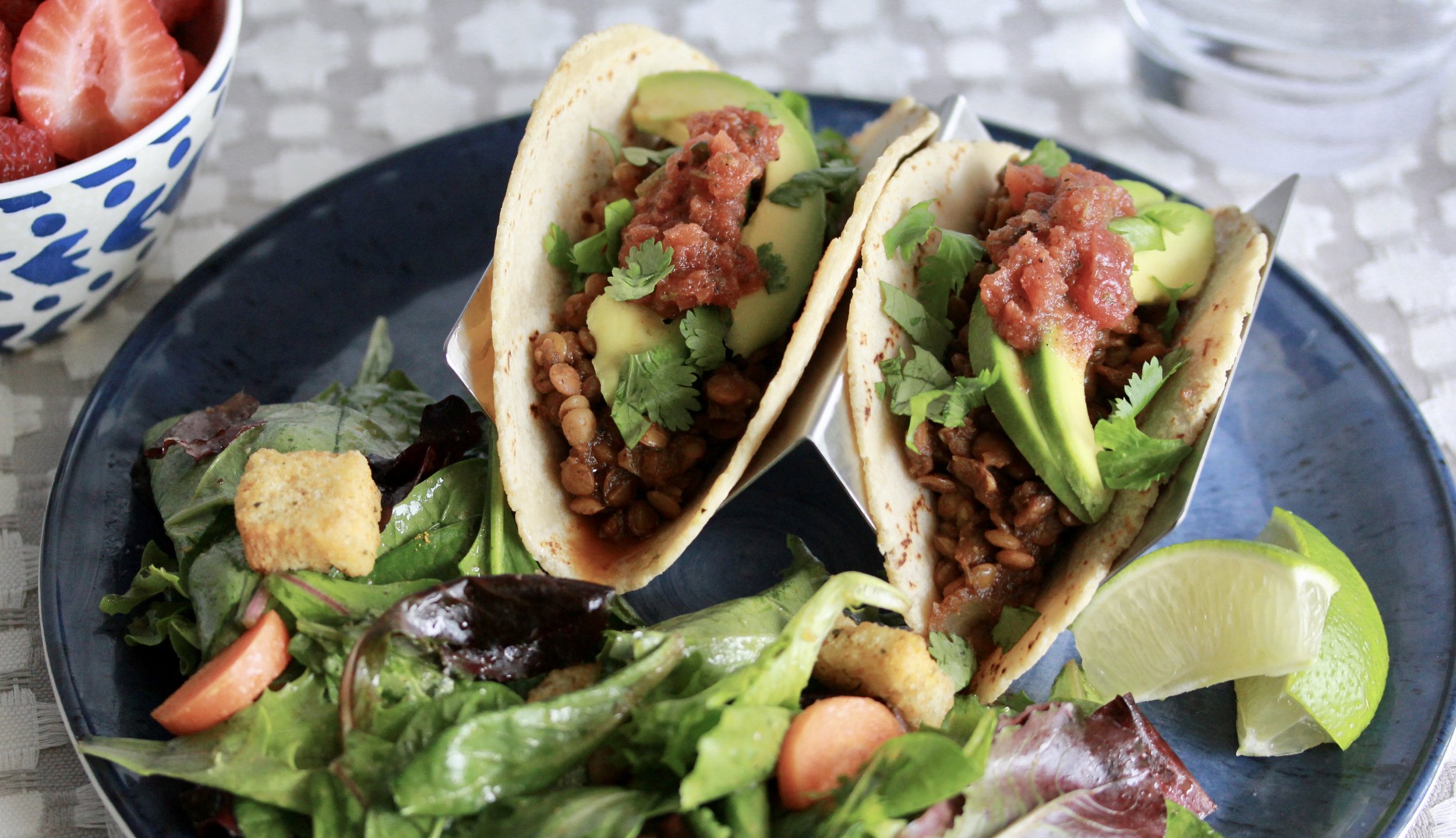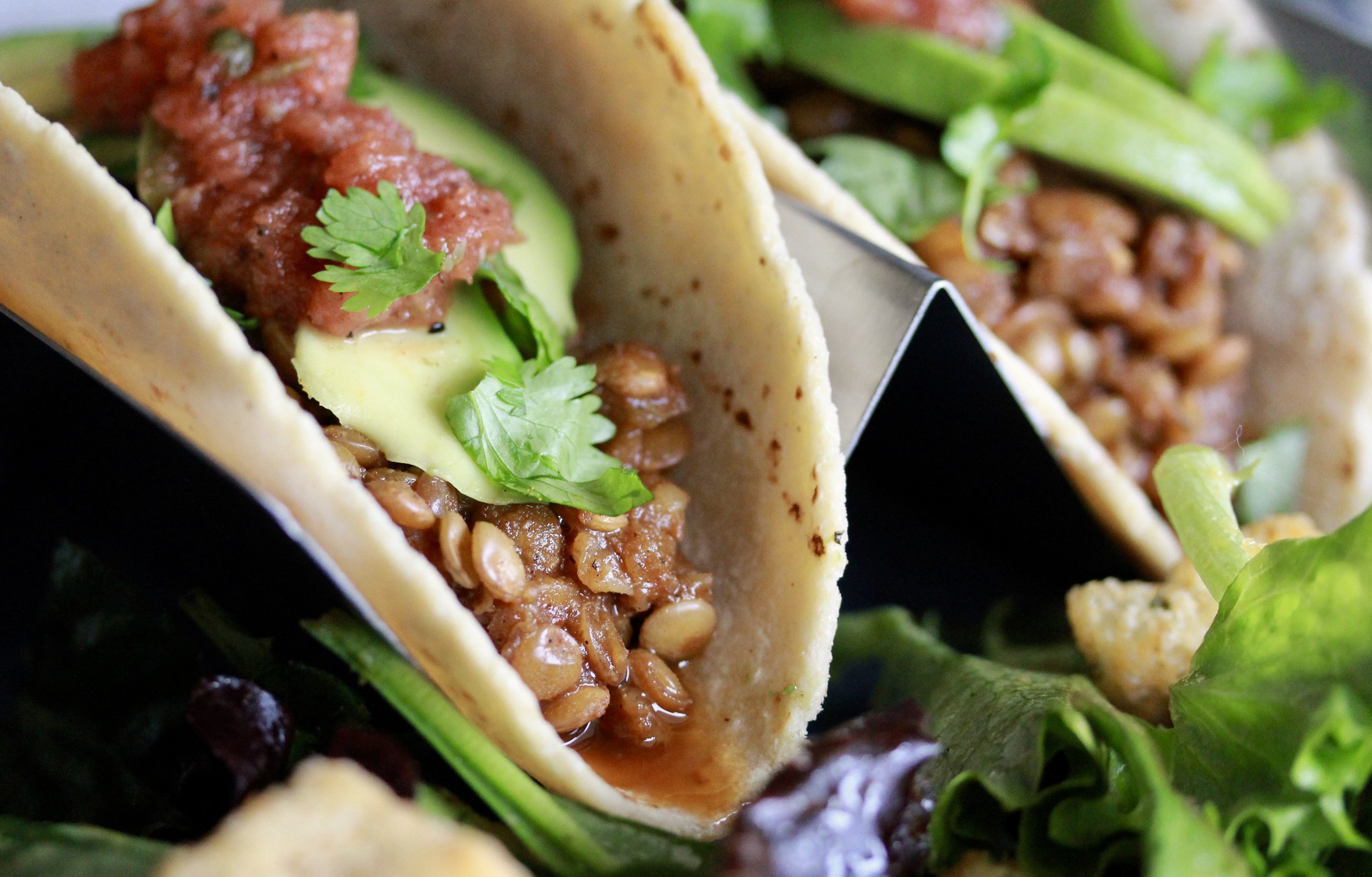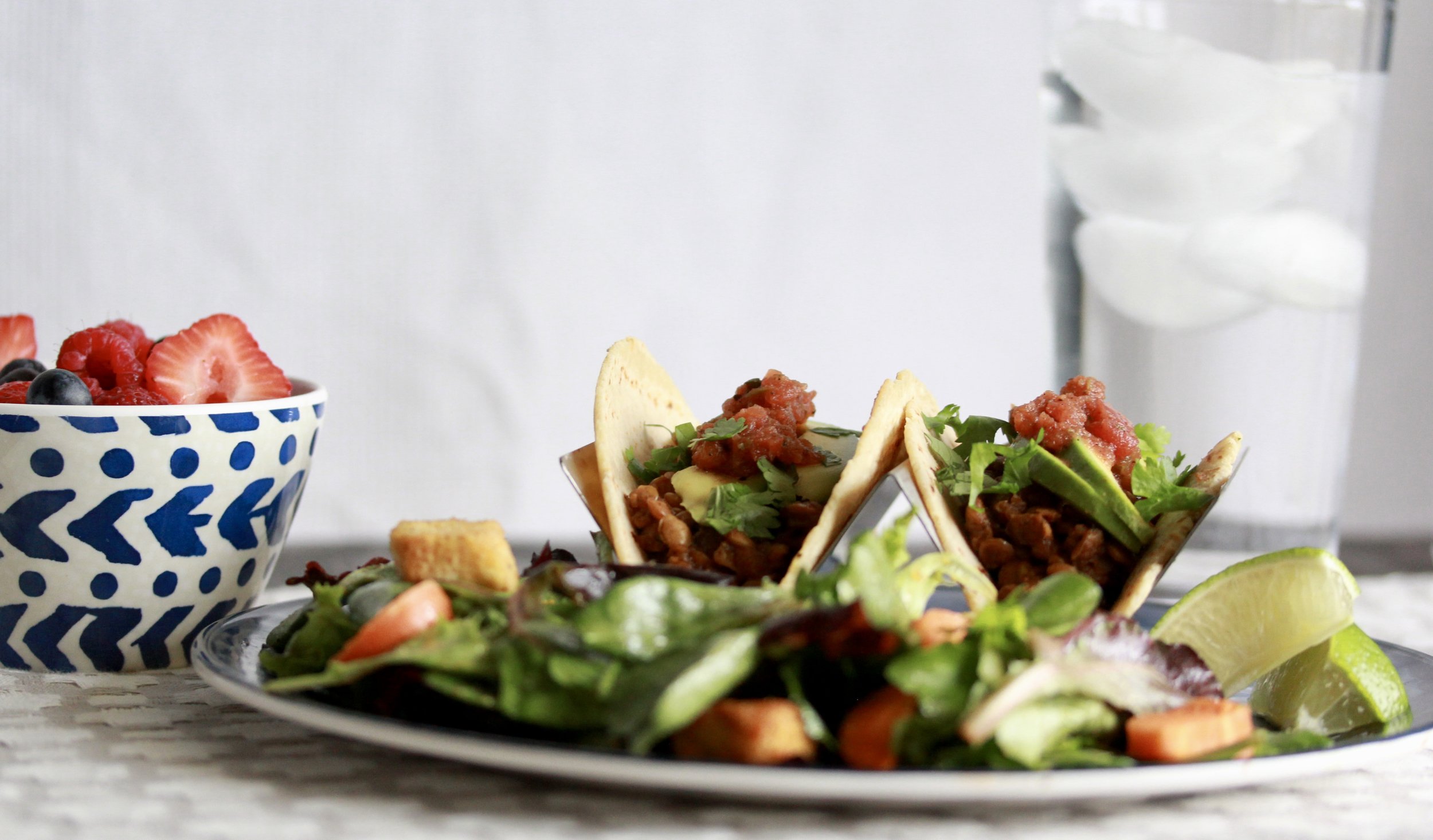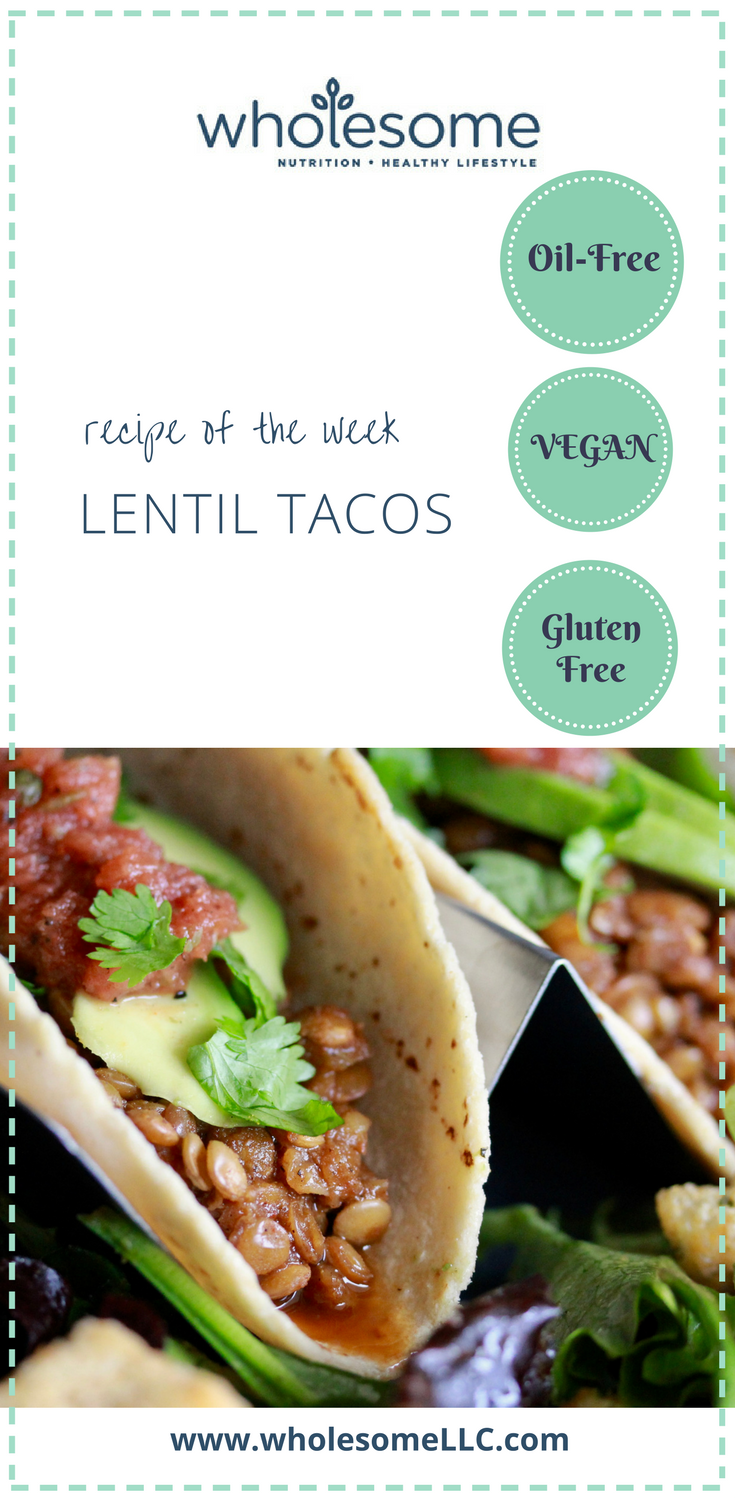November 10, 2017
Alison Tierney, MS, RD, CD, CSO
Alison is a registered dietitian, board-certified in oncology nutrition, and a cancer thriver. Her expertise in oncology nutrition and personal experience with her own cancer diagnosis and its treatment provide her with the unique perspective of being able to relate to her clients on an entirely different level. Her content is consistently focused on evidence-based guidelines and seeks to increase the awareness of the power of nutrition to complement traditional cancer therapies.
-
Alison Tierney, MS, RD, CD, CSOhttps://wholesomellc.com/author/alisonwholesomellc-com/
-
Alison Tierney, MS, RD, CD, CSOhttps://wholesomellc.com/author/alisonwholesomellc-com/
-
Alison Tierney, MS, RD, CD, CSOhttps://wholesomellc.com/author/alisonwholesomellc-com/
-
Alison Tierney, MS, RD, CD, CSOhttps://wholesomellc.com/author/alisonwholesomellc-com/
Hands down, the number one food I cannot recommend enough to my patients is legumes. Yes, we all need to eat more fruits and vegetables. That’s a given. But when conducting dietary food recalls with my patients, most patients never mention a single serving of beans or legumes in their diet. The standard exception tends to be, “Do pork ‘n beans count?” or, “I eat beans in my chili”. Not to undermine the fact that beans are a healthy addition to these menu items, I’m encouraging more regular consumption–even daily.

When I talk about legumes, I’m referring to beans such as black, kidney, garbanzo, navy, etc. in additional to soybeans, green peas, lentils, and even peanuts! Technically, peanuts are a legume and not a nut. However, I want to focus on pulses which are a subcategory of legumes. Pulses include black beans, kidney beans, lentils, etc. and exclude ‘oil seeds’ such as soybeans and peanuts–hence to their higher content of fat.
Why focus on legumes & pulses?
Legumes have been found to be the “most important dietary predictor of survival”. (1) Live longer!
The intake of legumes has been associated with a lower prevalence of insulin resistance, or the defining trait of diabetes. (2) Reduce your risk of diabetes!
Long-term consumption of beans may normalize A1C levels (how blood sugar levels are measured) almost as well as a common diabetes drug, (Precose [acarbose]), without the negative side effects. (2) Reduce your blood sugars!

I could go on and on about the benefits of legumes, including their soluble fiber to help lower cholesterol, their phytochemical properties for cancer prevention, their excellent source of non-heme iron, etc.
If you do not include legumes into your diet regularly (and let’s forget about peanuts or peanut butter in this case), why don’t you? Unsure of how to include them? Fear of gas? (Yes, I asked it.) Dislike?
The most common answer I get is the lack of familiarity of how to cook or use legumes in meals. A few people comment on their fear of increased gas. Yes, it is possible one may experience an increase in gas, however, after regular daily consumption, the increased gas tends to dissipate after 2-3 weeks, and for some only after a couple days. In fact, it is found the increase in flatulence is typically just an exaggerated perception. (3)
Don’t let fear of a little gas steer you away from these live saving, life extending foods. And, don’t let your lack of familiarity of how to cook them stop you either. I have you covered with these amazing little tacos…

Hertel’s Lentil Tacos
Makes 6-8 tacos
VEGAN, OIL FREE, GLUTEN FREE
Note: Mincing your garlic first and exposing it to the air for 10 minutes allows more conversion of alliin to the phytochemical allicin [pronounced like Alison :)] which is the nutrient responsible for garlic’s disease fighting properties!
ingredients
1 large onion
2 – 3 cloves garlic
1 cup dry green or brown lentils, rinsed
1 tablespoon chili powder
2 teaspoons cumin
1 teaspoon oregano
1/2 teaspoon of smoked paprika (optional)
2 1/2 cups water, or vegetable broth (I prefer vegetable broth)
6-8 taco shells/tortillas
Salt, to taste
Black pepper, to taste
Optional Toppings:
Salsa
Avocado
Lime Wedges
Cilantro
Shredded lettuce/or greens
directions
Cut your garlic and let it sit for about 10 minutes. See notes. In the meantime, heat a skillet to medium heat. While heating, dice the onion.
Once the skillet is hot and the onions are diced, add your onion. Add 1-2 tablespoons of water or vegetable broth at a time if the onions begin to stick. Sauté until the onions are translucent or slightly brown, about 5-6 minutes.
While you are cooking the onions, rinse the lentils.
When the onions are ready, add the garlic until fragrant. About 30 seconds. Next, add lentils, chili powder, cumin, oregano and optional smoked paprika. Cook and stir for about 1 minute. Add the 2 ½ cups water or vegetable broth and bring to a boil. Reduce heat, cover, and simmer for 30 minutes or until the sauce has thickened to your liking.
Uncover and cook for another 6-8 minutes, then mash lentils slightly. We find a banana or avocado masher works great.
Sample the lentils. Add salt and black pepper, if needed.
Serve your lentils on a warm tortilla with desired toppings. We like avocado, cilantro, lime juice, lettuce greens and salsa (a corn salsa is most excellent with these!).
1. I. Darmadi-Blackberry, M. Wahlqvist, A. Kouris-Blazos, et al. Legumes: the most important dietary predictor of survival in older people of different ethnicities. Asia Pac J Clin Nutr. 2004;13(2):217-20.
2. S Song, H Y Paik, Y Song. High intake of whole grains and beans pattern is inversely associated with insulin resistance in healthy Korean adult population. Diabetes Res Clin Pract 2012 98(3):e28 – 31.
3. D. M. Winham, A. M. Hutchins. Perceptions of flatulence from bean consumption among adults in 3 feeding studies. Nutr J 2011 10(NA):128.

What About Legumes? + Lentil Tacos
Wholesome
About Alison
Courses & Programs
The Wholesome Journey
Free Resources
Join the Email List
Ready for knowledge and empowerment for your own Wholesome journey? Join my email list!
FAQs
Press & Media
Recipes
Blog
Subscribe
Contact Us